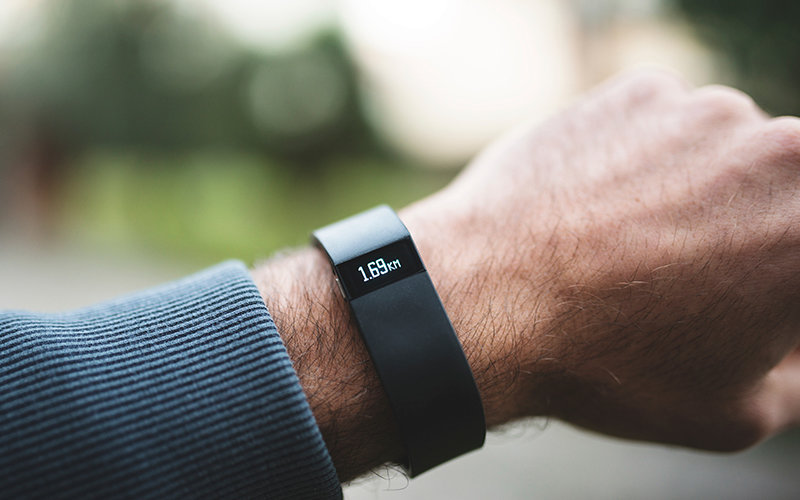
If a company gives fitness trackers to its employees, can the employees get healthier and eventually reach organizational gains?
Although a number of organizations are implementing fitness wearable devices in their wellness programs, little is known about the impact on employees and the organization from these initiatives.
Ester Gonzalez, an assistant professor of information systems and decision sciences at Cal State Fullerton, is hoping to find some clues to that question.
Gonzalez is working with a financial institution that is the provider of its employee health insurance. With a number of employees suffering from major illnesses and the costs of insurance premiums and claims rising, the bank opted to encourage healthy lifestyles by providing fitness tracking devices to its employees and support efforts to become more active and health conscious with a range of incentives.
Beyond the goals of decreasing health claims and absenteeism, the company hopes to create a greater sense of community and increase employee engagement.
“The financial institution realized that staff from different locations didn’t know each other; therefore, they believe there is little sense of community beyond the individual branches,” says Gonzalez. A proposed solution was to create teams made up of participating members from various locations. The institution hopes that the team concept will help develop a sense of community and empower employees to support each other, no matter where they work in the company, and encourage contributions to strengthen the firm.
There are 180 out of approximately 280 employees who have chosen to take part and started wearing a fitness device in May 2015.
“Initial findings have found that the use of the fitness wearable device may have a long-lasting, positive impact on employee well-being and health and that employees find value in the healthcare wellness program initiative that integrates the fitness wearable device,” the researcher notes. Although not all participants are part of a team, there is a continuous effort to get others involved.
Gonzalez’s goal is to understand how technology can improve employee health and engagement, and to determine if there are actual organization gains from the program. “It’s very interesting to look into how fitness wearable technology can serve as a driver and how participants see themselves as part of the effort.”
Gonzalez, who is working with a peer from Baylor University, has conducted surveys and just recently completed interviews that allowed for in-depth conversations in order to gain a new understanding of what participants and nonparticipants feel about the program. She also hopes to use data from participants’ trackers to see if there is an increase in activity and level of usage.
“I’m really excited about these conversations to find out why an individual chooses to participate or not, and ways to increase such participation. Also, it would be great to know what is the true impact of such a program for the individuals involved, as well as the company.
“One thing that we have found so far is that the more inclusive the program, the more it drives participants to contribute,” says Gonzalez. “A big part of it is that participants become part of a social network.”
Gonzalez has served at Cal State Fullerton since 2013. She was one of two in Baylor University’s first business doctorate program. Her dissertation was on the use of internal social media and its impact on organizational socialization and commitment.